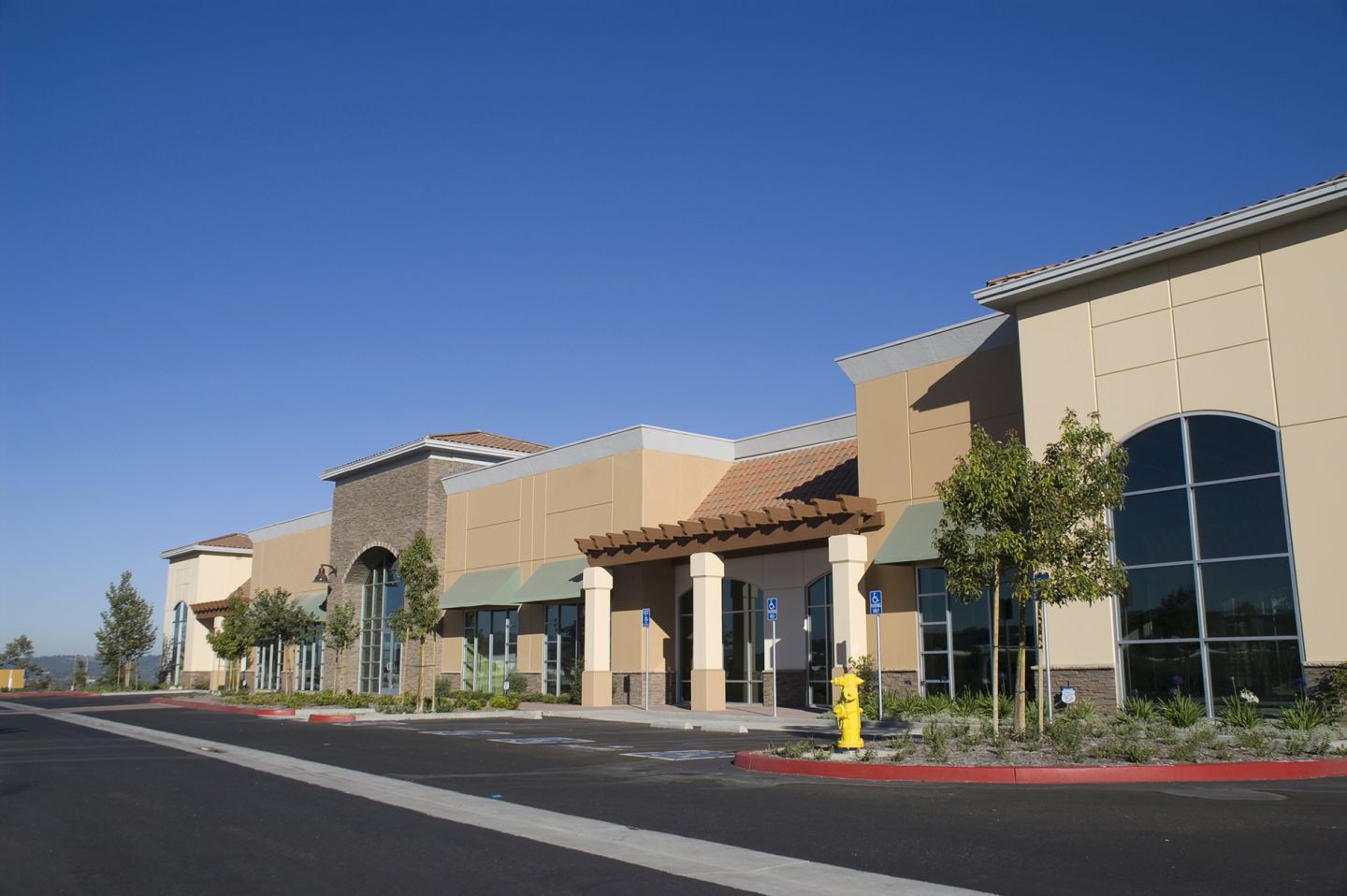It wasn’t long ago when outlet malls were thought of as a place to buy slightly damaged goods, cheap knock-off brands, and other items that simply couldn’t sell in traditional retail stores and malls.
But as discussed in an earlier post, outlet malls are experiencing a major resurgence.
They are evolving to become a distinct and thriving business segment autonomous from traditional malls that are offering upscale shopping experiences with discounted prices – something that resonates with savvy and increasingly price-conscious shoppers.
No longer do the Gap’s and Nike’s of the world look to outlet malls to dump their excess inventory.
Instead, these retailers, and luxury brands and department stores like Saks and Neiman Marcus, are developing distinct strategies around outlet locations which are designed to drive business, reach new customers, increase revenue and profitability, and ultimately add to the bottom-line.
Basing their strategies on consumer demands, outlet malls are following the trend of lifestyle centers by upping their value proposition through remodels and adding entertainment experiences, such as bowling alleys, ice skating rinks and outdoor movie screens.
As a result, outlet center growth is not just happening in rural areas of the country, they are being developed closer to major cities, including tourist attractions.
From Asia With Love
By edging closer to urban centers and undergoing renovations, outlet malls are positioning themselves as a destination center for tourists and visitors.
Simon Property Group, for instance, has installed luggage shops and added storage facilities as part of their strategy to keep tourists shopping.
According to Simon’s, in the first half of 2013, international visitors to the US spent $87.1 billion on shopping, lodging and recreation, among other tourism-related goods and services – which represents a 7% increase from 2012.
Additionally, Simon’s says that a quarter of its revenue comes from outlet centers and that tourists are the driving force behind more than half of those sales in destination states like New York, Florida and California.
In fact, shoppers from China, Mexico and Brazil are expected to make up 40% of visitor growth in the years leading up to 2018.
Specifically, Chinese tourists are considered to be the darlings of the outlet industry, representing the fastest growing international segment.
In 2012, more than 700,000 Chinese visitors came to California and, according to Visit California, spent $2.1 billion – with the average Chinese visitor spending $3,000 on luxury goods.
That number is only supposed to increase with 1.1 million visitors traveling to California by 2015.
What does this mean to economic developers?
While premium outlet centers are a major draw for international visitors, tourists’ dollars can only go so far.
So, whether it’s an entire outlet mall or an outlet store such as Marshall’s or TJ Maxx, savvy economic developers are seeking to capitalize on this growing market segment by working with developers who specialize in retail outlets.
By building outlets near major cities, developers and retailers have realized that they can diversify their customer base and attract both local and repeat customers, in addition to tourists.
The increased traffic brought about by outlets helps communities become major centers of commerce, and in turn, attracts other retailers and businesses.
This results in numerous benefits to the local economy – more visitors to the area means more money spent at local businesses/restaurants and ultimately more money to local governments, due to significant boosts in sales tax revenue.
For example, within the first four months of opening, the Tanger Outlets at Westgate in Glendale generated more than $1.6 million in sales tax revenue for the city and is predicted to generate $2.9 million in sales tax revenue in the first year.
So, whether it’s a small, local development in a rural part of the country, or a large regional development in a metropolitan area, economic developers would be wise to consider an outlet mall and/or outlet stores as a strategic component of their long-term economic growth plans.
If you’re interested in understanding the economic impact of tourism on your community, what retailers your citizens want most, and how to create a more attractive environment for growth, check out our public sector platform.


